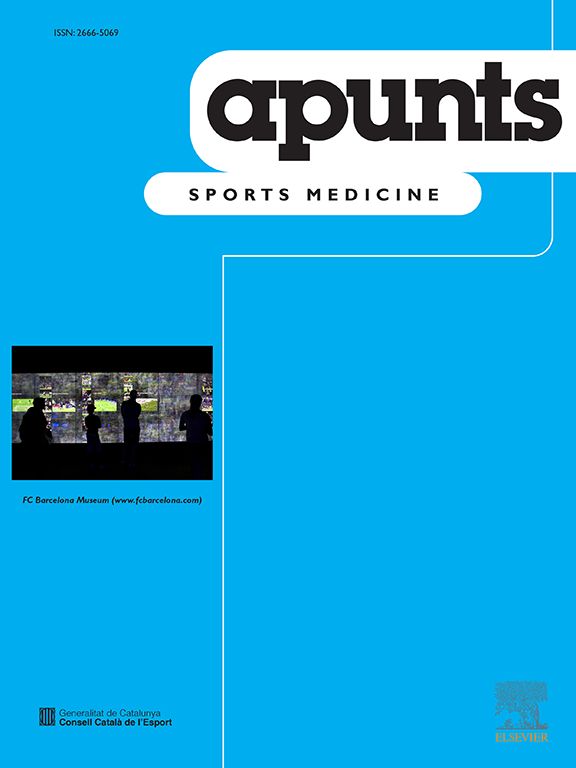Objective: To identify levels of physical activity, depression and cardiovascular risk in the teaching and other staff of a university in Medellin, Colombia (Politécnico Colombiano Jaime Isaza Cadavid). Method: A random sample was selected of teachers and other staff born since 1955, stratified by the Framingham age range. Lipid profile and glycemia levels were measured and medical and anthropometric evaluations were carried out. The International Physical Activity Questionnaire (Short-IPAQ) and the Hamilton depression scale were administered. Results: A total of 45.4% of the participants were sedentary, 40.5% had mild or moderate depression, 10.5% consumed 22 or more grams of alcohol per week, 7% were hypertensive, 75.6% had dyslipidemia, 3.5% had diabetes, 18.6% were obese, and 19.8% were smokers. Low-density lipoprotein cholesterol (LDL-C) levels were classified as borderline or high risk in 79.1% and high-density lipoprotein cholesterol (HDL-C) as borderline, high or moderate risk, respectively, in 75.6%. The total/HDL cholesterol ratio showed risk in 43% of the participants. According to the Framingham scale, 31.4% had a medium, moderate or high risk of having a heart attack within the next 10 years. Conclusions: This descriptive analysis reveals that the main cardiovascular risk factors in this population were lipid disorders and physical inactivity. Lower levels of LDL-C and depression were found in physically active or highly active participants.
The Impact Factor measures the average number of citations received in a particular year by papers published in the journal during the two preceding years.
© Clarivate Analytics, Journal Citation Reports 2025
SRJ is a prestige metric based on the idea that not all citations are the same. SJR uses a similar algorithm as the Google page rank; it provides a quantitative and qualitative measure of the journal's impact.
See moreSNIP measures contextual citation impact by wighting citations based on the total number of citations in a subject field.
See more




